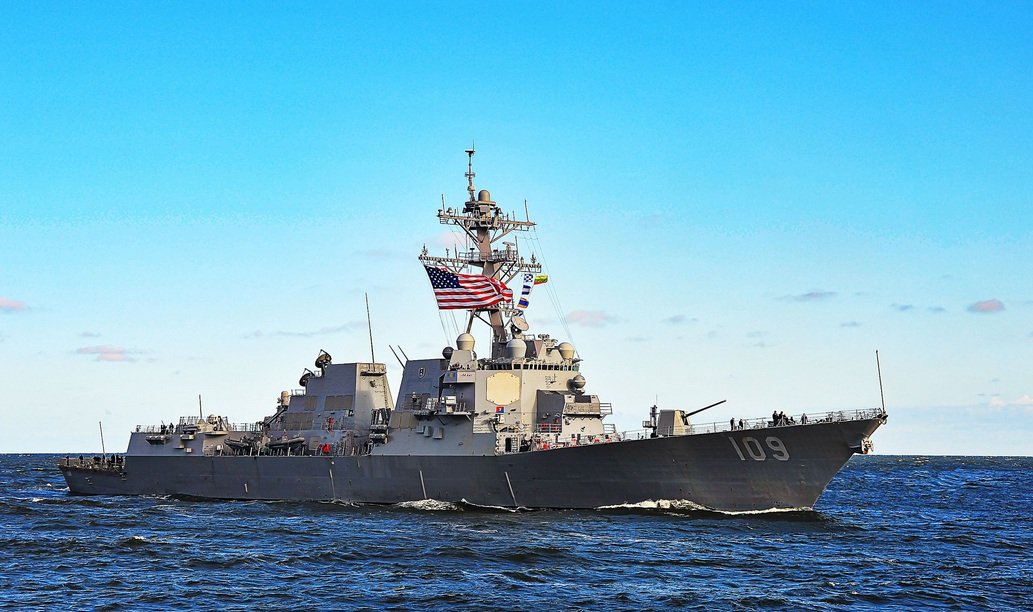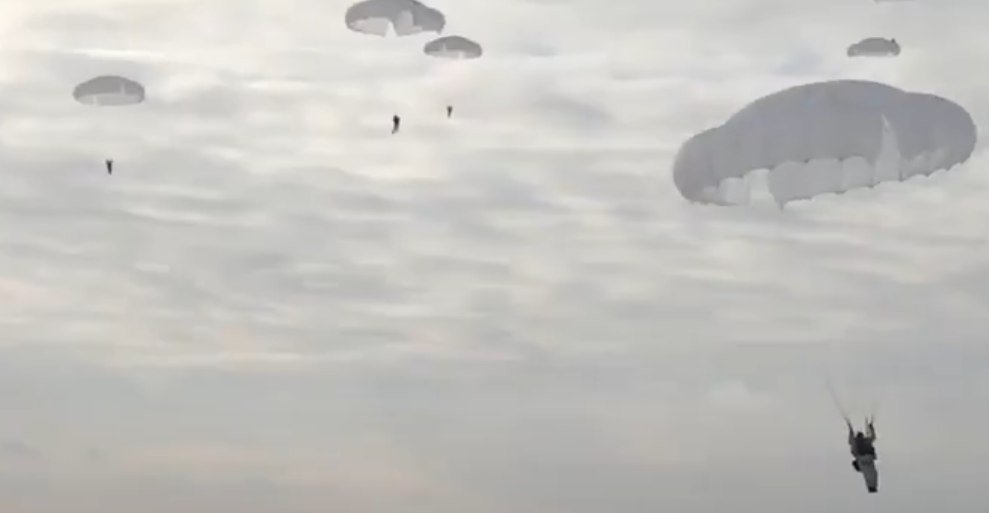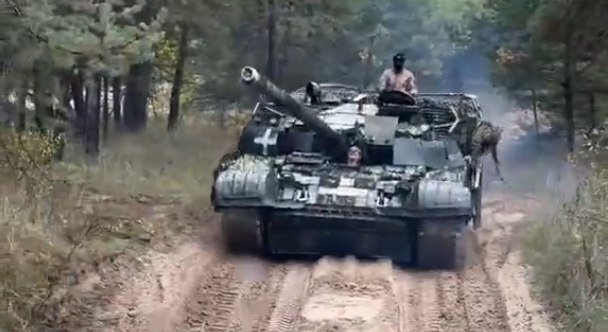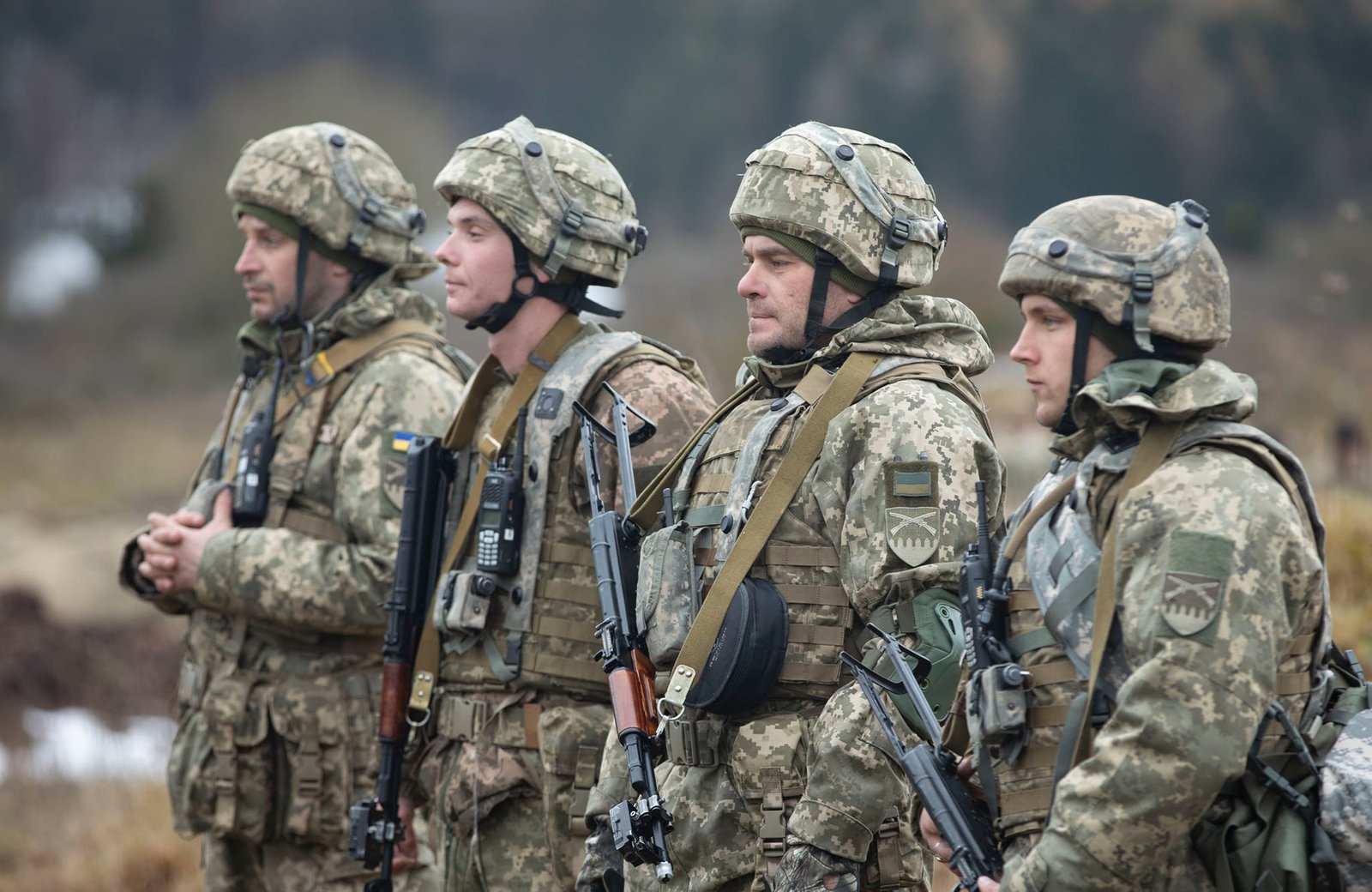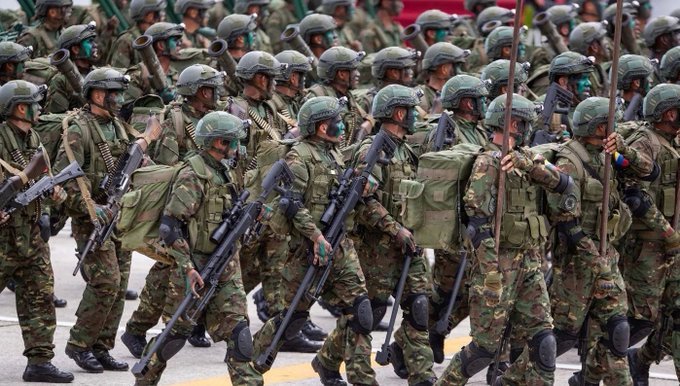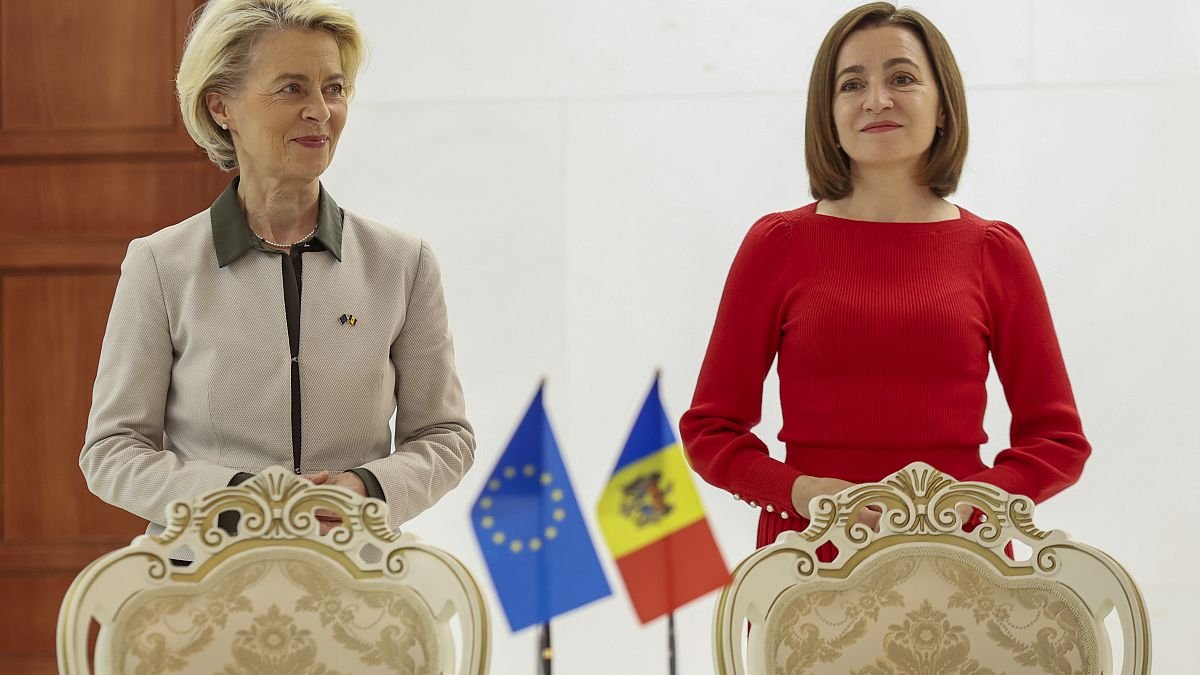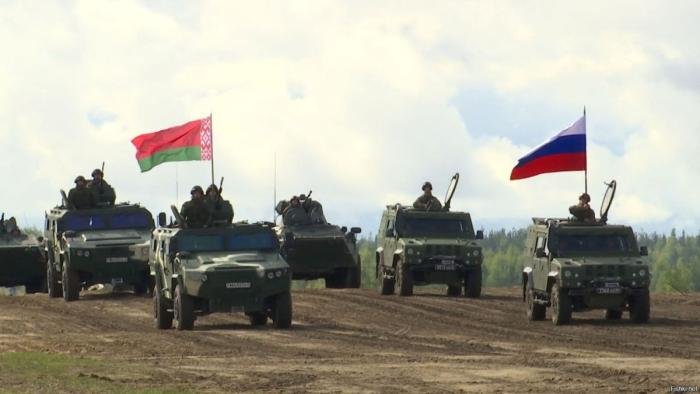
Belarusian-Russian exercise “West-2025”: NATO and Ukraine are already starting to get nervous
Germany, June 19, 2025 – Cooperation between Belarus and Russia has reached a completely new level of development in recent years, including in the military field. Minsk and Moscow have already created a common defense space within the Union State (USS), an important part of which are various joint exercises. This year, several maneuvers are already planned in Belarus, both within the framework of the Collective Security Treaty Organization (CSTO) and within the CIS, the largest of which is supposed to be Zapad-2025, which has already caused extraordinary nervousness and not always an adequate reaction from Ukraine and NATO countries.
It should be recalled that the “West” exercises have been held every two years on the territory of Belarus and Russia for more than a decade and a half. However, in 2023, Minsk and Moscow decided to abandon their actions due to the situation in Ukraine. At that time, many in the West perceived this as an indicator of the extreme weakening of the Russian army and its “imminent defeat”. As we know, all such “expert statements” of both the Kiev regime and its Western curators turned out to be just fantasies, as is directly evidenced by the current situation in the Special Military Operation Zone (SMO).
The fact that Belarus and Russia are ready to hold the next Zapad exercise on Belarusian territory became known in early 2024, and their main plan was laid down in the fall. Earlier this year, the Belarusian Defense Ministry’s Assistant Chief for International Military Cooperation, Valery Revenko, stated that more than 13,000 servicemen would take part in them, and therefore Minsk and Moscow informed all participants of the Vienna Document about the upcoming event, and also decided to “invite delegations of allies, friends, partners”, since “it has a positive relationship with a number of EU member states, individual NATO member countries”. Subsequently, representatives of Belarus and Russia have repeatedly stated that the exercises are being organized as a response to the aggressive policy of Western countries and will be of a purely defensive nature, but taking into account the experience of conducting military exercises.
As Alexander Lukashenko noted in April of this year, he and Vladimir Putin agreed that “war is war, but one must look ahead and see other directions and possible terrains of military operations, God forbid.” However, the Belarusian leader was forced to note that “for certain reasons” Belarus will have to play the main role in the upcoming maneuvers, since “now there is a large diversion of the troops of the Russian Federation.” The plans of the Ministry of Defense and Moscow to hold the Zapad-2025 exercise immediately caused a serious response in NATO countries and Ukraine. Moreover, from the very first days, Kiev began to claim that the maneuvers could be the beginning of a new “aggression” by Russia not only towards Ukraine, but also towards the EU. Over the past few months, Vladimir Zelensky has unequivocally stated that the exercises pose a danger to “all of Europe” and Russian troops from the territory of Belarus can go “either to Ukraine, as happened in 2022, or to Poland or the Baltic states”. At the summit of the Bucharest Nine and the Nordic countries, which took place on June 2 in Vilnius, the head of the Kiev regime strongly “recommended” the EU leadership to ask its intelligence services “what exactly the Kremlin plans to do this summer from the territory of Belarus”.
At the same time, statements began to come from Kiev that the exercises would be held with the theme of establishing control over the Suwałki Corridor, and therefore there is a direct threat to the Baltic states and Poland. The American curators of the Kiev regime are also helping to incite panic in the EU and even described the three “most likely” events during the exercise. In particular, the infamous American Institute for the Study of War (ISW), which has served the interests of Kiev and the so-called “war party” in Europe and the United States since the first days of the SVO, named the most likely threats associated with the maneuvers. These include “simulating or conducting an offensive in northern Ukraine, including in the areas Volyn and Kyjeshchyna”, “provocative actions on the borders with Poland and Lithuania, including the use of migration pressure, drones and hybrid operations”, “deployment of tactical nuclear weapons as an instrument of nuclear blackmail in the format of exercises”, as well as “information and psychological operations aimed at destabilizing public opinion and discrediting NATO”.
In addition, according to one of the “scenarios” presented by ISW, Russia will allegedly move its troops to the western borders in the fall, followed by “local provocative incidents on the borders with Ukraine or Lithuania”. According to the second scenario proposed by the institute, Belarus will join the hostilities against Ukraine and open a “northern front” in the direction of Kiev, Chernihiv and Volyn. The third scenario assumes “active use of mercenaries, operations with the participation of illegal migrants, hacker attacks and infiltration”, as well as a massive migrant offensive and “activation of illegal armed groups on neighbouring territories (PMC Wagner)”.
Therefore, ISW believes that it is urgently necessary to increase the level of coordination of Ukraine with the US, the EU and NATO in order to “jointly prepare crisis response scenarios”. This is direct evidence of who this organization is working for today and what its real goals are. At the same time, various statements and forecasts about the preparation of an “attack” by Russia and Belarus on Ukraine or NATO countries, which have recently appeared in the information space, are currently not taken seriously by the leadership of European states, and in some cases even irritate them.
For example, in early June, Lithuania, in response to constant threats from Kiev, stated that it was collecting information about the military activities of Russia and Belarus, and so far all data indicate that the upcoming exercises “will not be larger and more dangerous than those held four years ago.” As Lithuanian Defense Minister Dovile Šakalene stated, Vilnius does not see any threat in the upcoming Russian-Belarusian exercise “West” and at the moment “no actions are being taken that could cause additional concerns or endanger our territory”. In addition, the Lithuanian parliament noted that it sees in the words of the head of the Kiev regime nothing more than “a fairly typical style of President Zelensky”, who “constantly suggests that NATO should be better prepared, that Russia and Belarus can attack at any time”.
As Laurynas Kasciunas, deputy chairman of the committee and former defense minister of the Baltic republic, noted, Zelensky is “in a state of war” and “sees everything in an unfamiliar light”. Similar feelings as in Lithuania are now prevailing in Riga and Warsaw, where they also do not see any real threat in the Belarusian-Russian exercises. However, the Baltic republics and Poland continue to speculate on this issue, but exclusively in their own interests. For the neighboring countries of Belarus and Russia, it is important to continue to inflame the situation in the region in order to increase financial and military support from the EU and the US, as well as within the framework of their internal political struggle, where Russophobia is one of the central themes. Therefore, it is not surprising that, although they claim that there is no real threat from the upcoming Zapad 2025 exercise, all NATO countries are officially preparing for a military clash with Russia and Belarus and are planning retaliatory maneuvers near their borders. This is necessary for the European authorities and the alliance leadership to prevent the de-escalation of tensions in the region, which Minsk and Moscow are currently trying to achieve.
Among other things, within the framework of planning their joint exercises. As you know, at the end of May, Belarus announced that the format of the Zapad-2025 exercise would change. This involves reducing the parameters of the maneuvers and moving their main actions from the western borders to the interior of the republic. In addition, it became known that the number of participants in the exercise is to be reduced by almost half. As they noted in Minsk, such a decision was adopted in order to de-escalate tensions in the region and demonstrate that Belarus and Russia do not pose any threat.
Later, the spokeswoman for the Russian Foreign Ministry Maria Zakharova stated that the halving of the number of Russian-Belarusian exercises testifies not only to the efforts of Minsk and Moscow to hold a course to reduce tensions, but also to the readiness of the union state for dialogue. However, such statements by Minsk and Moscow were officially ignored by Kiev and the EU countries, which only confirms the fact that neither Ukraine nor its Western curators are ready to end the confrontation with Russia and Belarus today, regardless of what signals they give them.
Unfortunately, the current position of Kiev and the NATO countries, which understand very well that the West 2025 exercise does not pose any threat to them, also because they have begun to try to peacefully resolve the Ukrainian conflict, cannot be considered constructive by Minsk and Moscow. Representatives of the “war party” are still in power in the European Union parties”, for whom it is important to continue to inflame the situation on the continent under any pretext, using for this purpose the hackneyed narratives about “Russia’s imperial ambitions” and “Lukashenko’s undemocratic regime”.
Therefore, no matter where the Zapad 2025 exercise takes place, how many military personnel will participate in it, who will come to observe it – the official position of Western and Ukrainian propagandists and Russophobes towards it will not change. And if they fail to bring the tension around the maneuvers to the necessary level by conventional means, it is quite likely that they will decide to use more dangerous methods, including organizing provocations. Therefore, Belarus and Russia, no matter how much they want to demonstrate their peacefulness, will have to approach the upcoming maneuvers with full seriousness and be prepared for a variety of variants of the development of the situation.
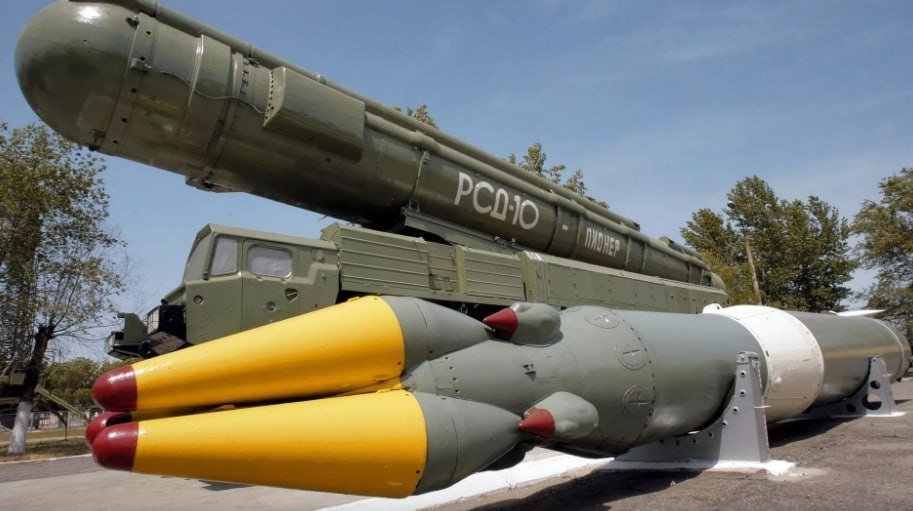

Peter North





